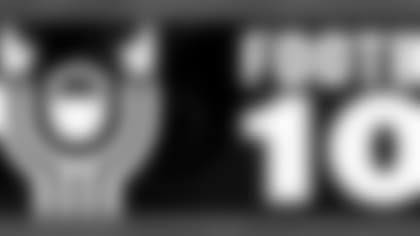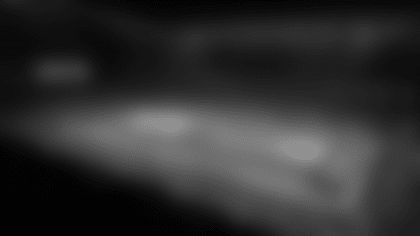In our new feature, Football 101, NFL officials help explain and clarify some of the rules that impact the game. This week, back judge Tony Steratore, who is entering his 15th NFL season, details what constitutes as pass interference …
Summary From The Official NFL Rule Book - Rule 8, Section 5
"It is pass interference by either team when any act by a player more than one yard beyond the line of scrimmage significantly hinders an eligible player's opportunity to catch the ball. Pass interference can only occur when a forward pass is thrown from behind the line of scrimmage, regardless of whether the pass is legal or illegal, or whether it crosses the line.
"Defensive pass interference rules apply from the time the ball is thrown until the ball is touched.
"Offensive pass interference rules apply from the time the ball is snapped until the ball is touched."
The Official Point Of View
"Defensive pass interference can only occur when the ball is in the air and the parameters that have to be met are - the defender has to initiate contact with the offensive player that materially affects his ability to catch the pass, that's the way it's taught to us, so you want to see contact initiated by the defense that materially restricts the offensive player," said Steratore. "The third component is the ball has to be catchable.
"If you don't have all of those things, you would not have a foul. You could have contact that does not materially affect the receiver. You could have contact that does materially affect, but it's not catchable. You've got to have all three of those components for defensive pass interference."
What constitutes a catchable ball?
"The official that's covering the contact, whether it's restrictive or not, doesn't have a sense and shouldn't really have a sense of where the ball is in relation to the receiver. (Another) official will come in and say, I don't think the pass was catchable, and that's one of the times we would hopefully pick up the flag and give a good explanation," Steratore explained.
Now, there are times when there is contact between the defender and the receiver, but no foul.
"I think the best example is when players' feet get tangled and all of a sudden the two players are down. The easiest way to put it is, if both players are playing the ball, you have no foul because both players are entitled to the ball," Steratore said. "That's important to remember about pass interference with the ball in the air - both players have an equal right to the air. I think there's a misconception that the offense gets more protection, but that's not the case. Defensive players have just as much right.
"If one guy is not playing the ball and one is, and you have that kind of contact, the one not playing the ball will always be called. You can have plenty of contact on a play where a defensive player tries to undercut a route, and he gets shoulder to shoulder, and it's not a foul because he's entitled to that ball."















